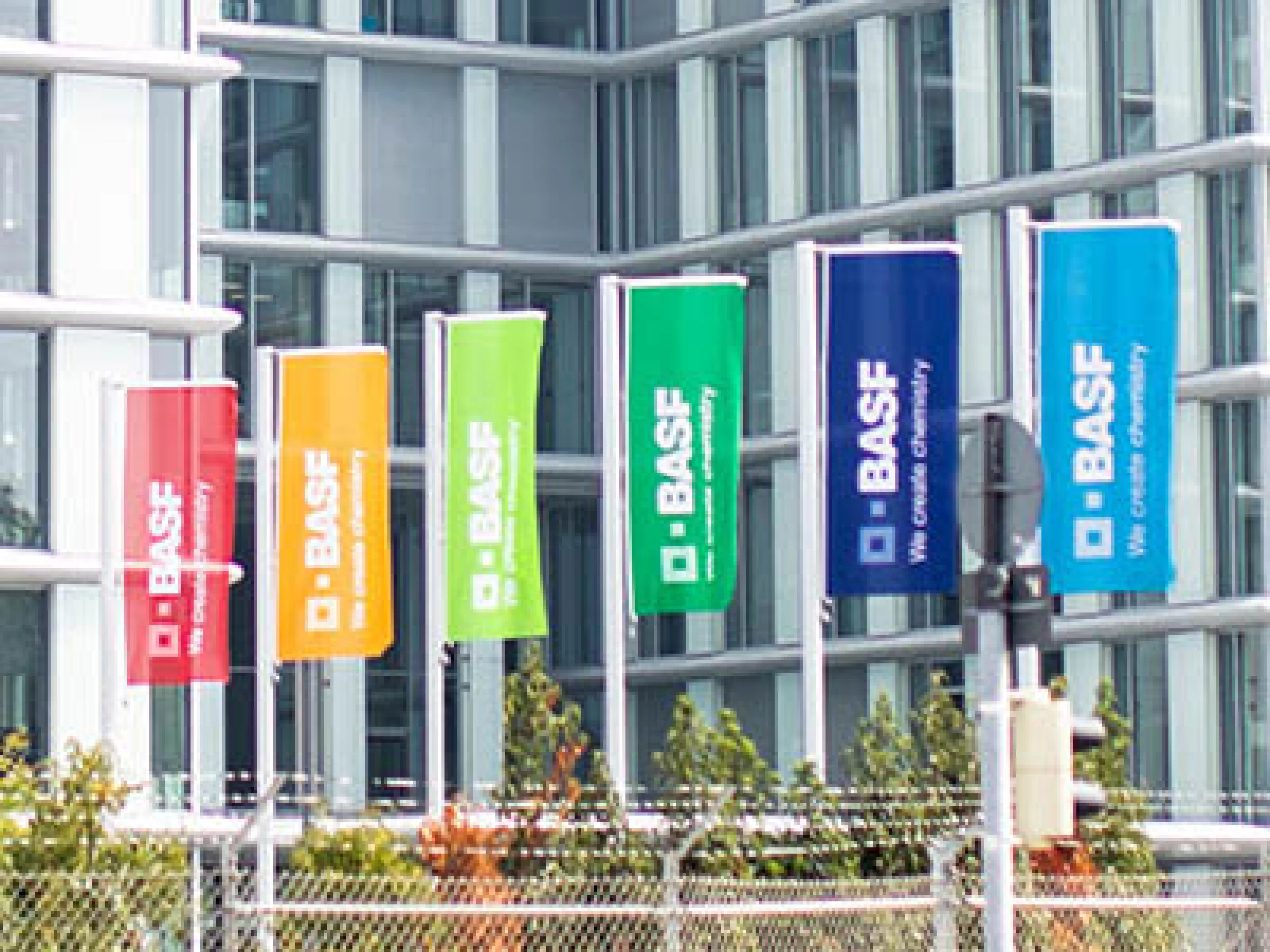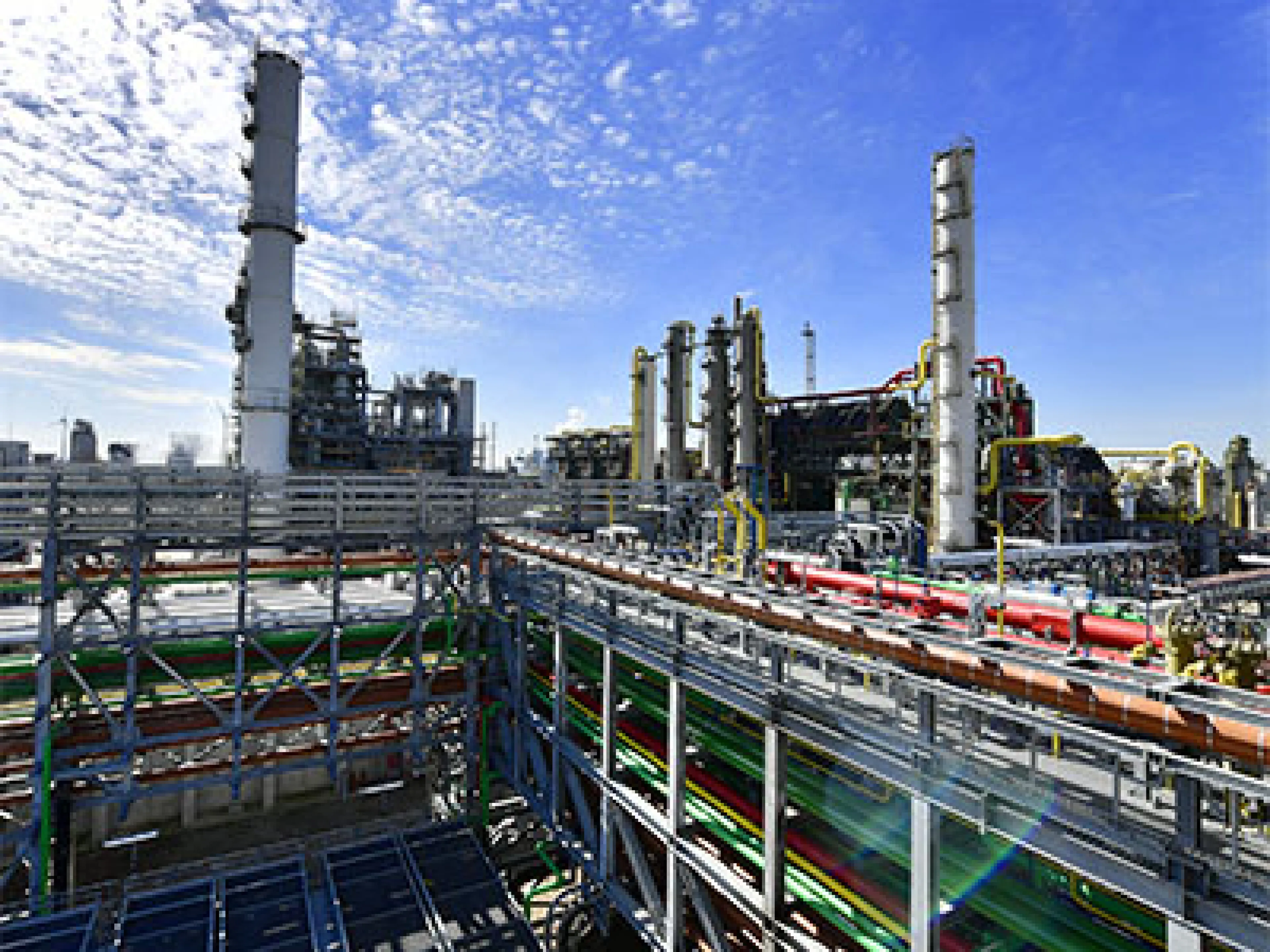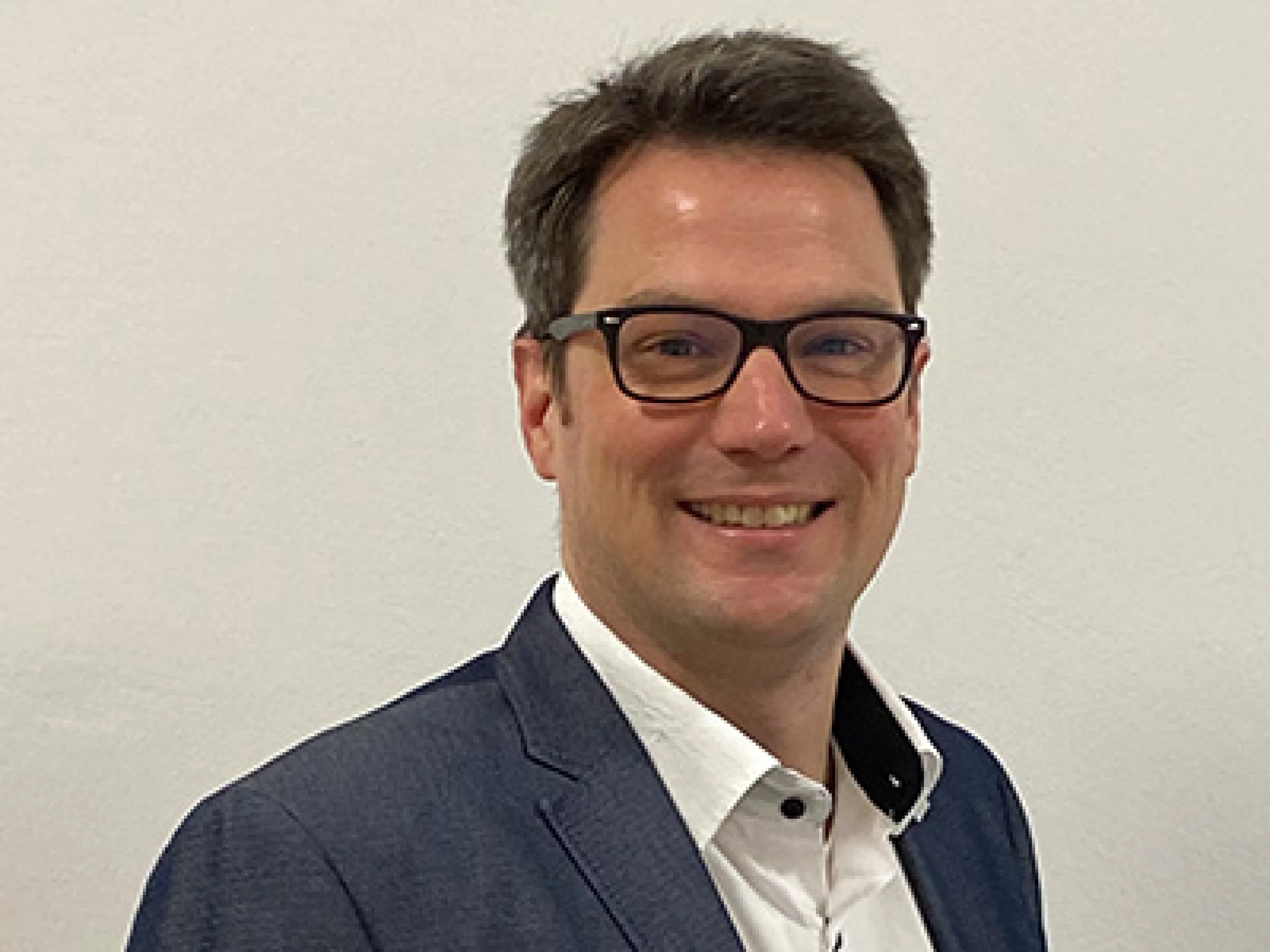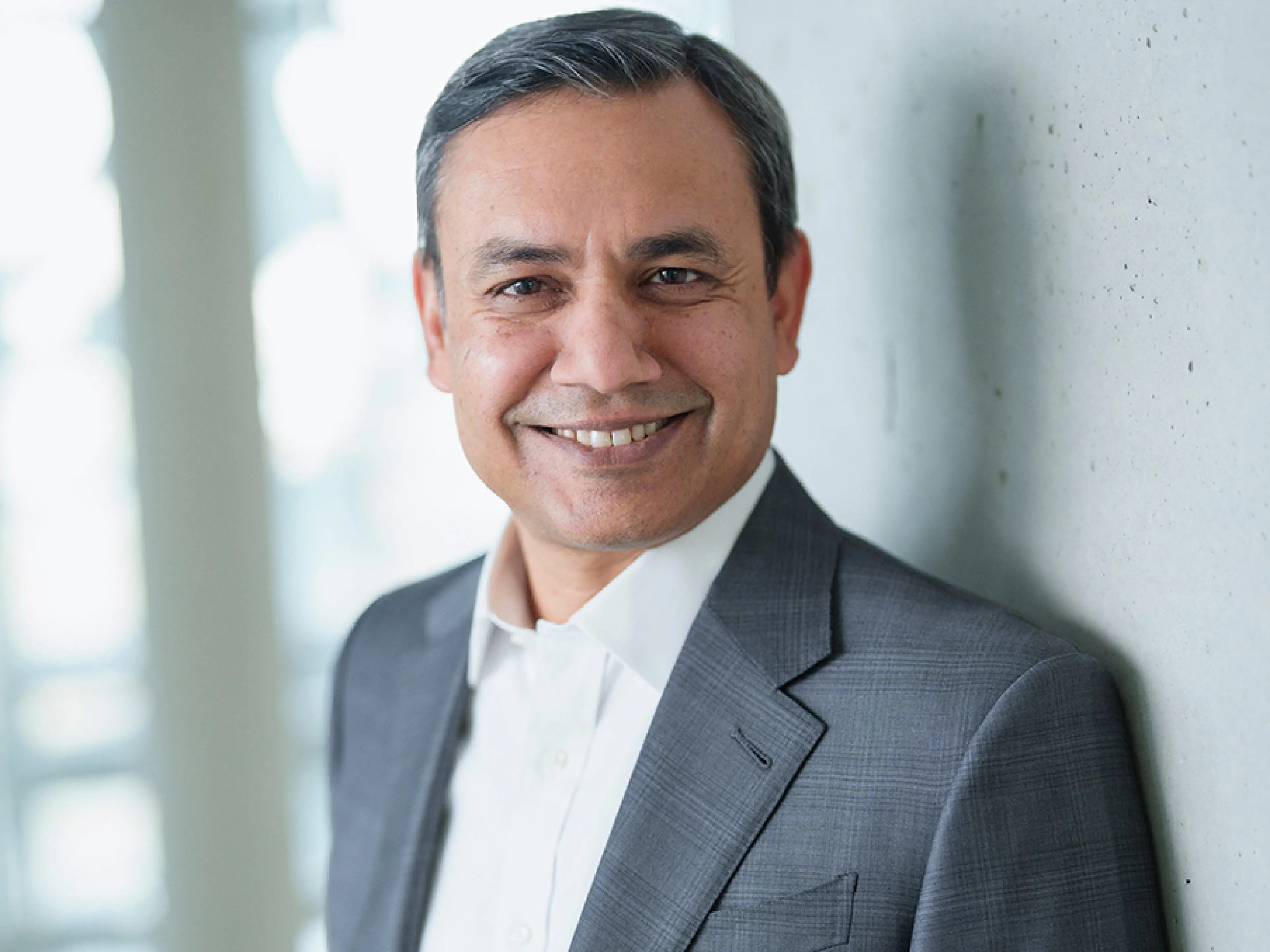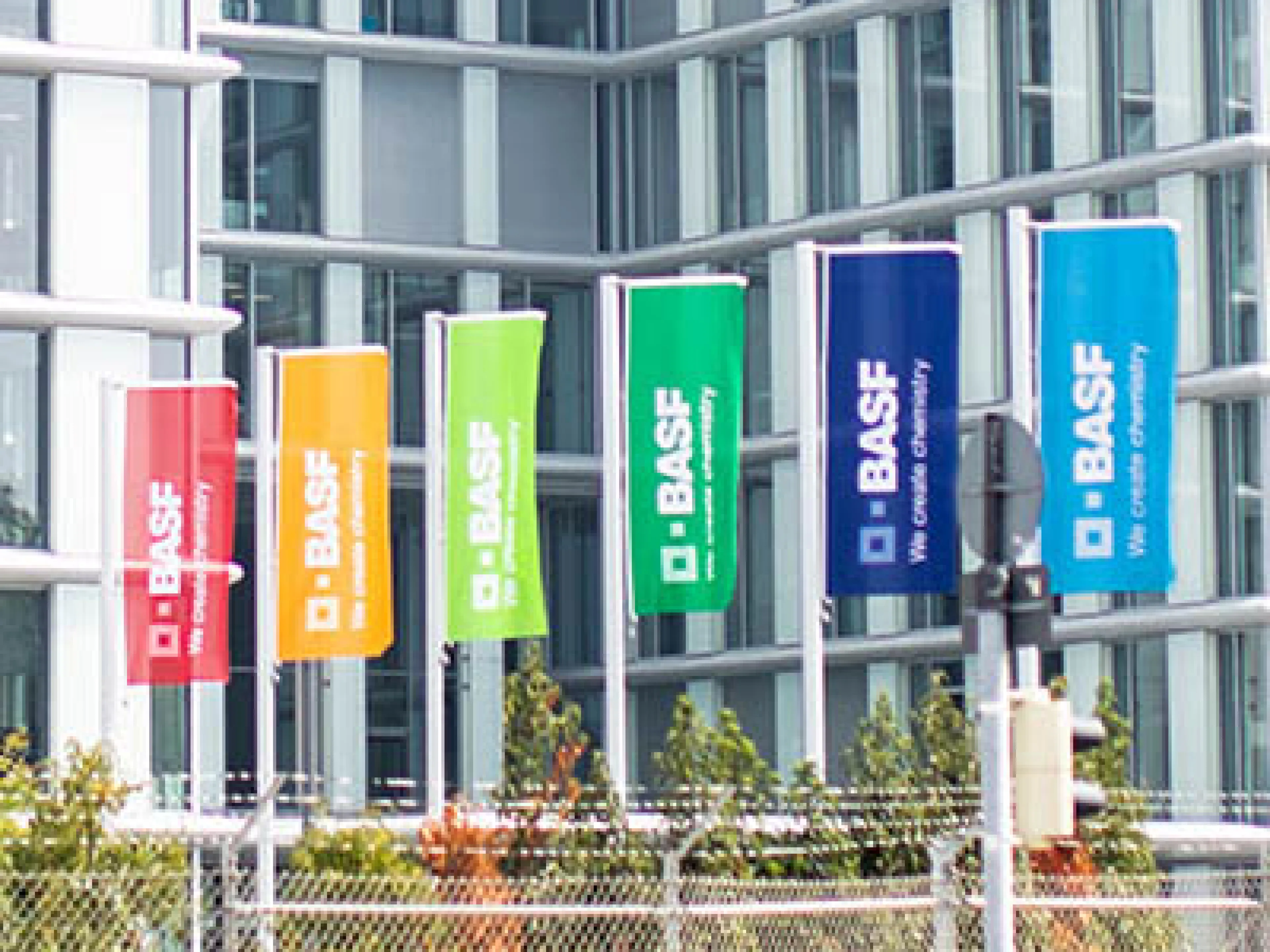
BASF is enhancing its regional innovation capabilities with new facilities at the Innovation Campus Shanghai, to further strengthen collaboration with the automotive industry and to offer new process catalysts to the chemical industry. With an investment of approximately €34 million, the new 5,000-square-meter facilities include the Automotive Application Center and the Process Catalysis Research & Development (R&D) Center.
At today’s inauguration, the company also presented a range of locally-developed innovations which support customers in industries like automotive, construction and consumer goods, and which address important market trends to reduce emissions, increase energy efficiency and enhance performance. BASF launched an innovative waterborne coating system on the same occasion.
“China’s most important growth industries can benefit enormously from innovations in chemistry. Thanks to continuous investment in research and development over the past several years, we are able to support our customers in China and the entire Asia Pacific region as they strive to improve consumers’ quality of life, address the challenges of rapid development and meet their sustainability goals,” said Dr. Stephan Kothrade, President Functions Asia Pacific, President and Chairman Greater China, BASF.
“At the Innovation Campus Shanghai, we are continuously enhancing our R&D capabilities in advanced materials, chemical process engineering and catalysts by integrating new technologies and building our teams,” said Dr. Harald Lauke, President, Advanced Materials & Systems Research and Research Representative Asia Pacific, BASF. “We have invested nearly €180 million here since 2012. More importantly, our R&D experts work closely with our business teams and customers, so as to shorten the time-to-market of innovative products.”
OEMs co-design innovations with BASF at the Automotive Application Center
Equipped with a state-of-the-art spray booth for electrostatic applications, a physical testing lab, and a 3D robot, the BASF Automotive Application Center, Asia Pacific is designed to enable customer-oriented R&D activities. The 3D robot can simulate nearly any situation on a paint line, anywhere in the world; enabling the new center to optimize application processes and products. It can apply the automotive coatings not only on horizontal and vertical surfaces, but also on three-dimensional objects such as car doors and bumpers. The robot allows BASF to develop new products for customers in the automotive industry. It provides design solutions for automotive products as well as potential new trends and developments in the automotive coatings industry. The expanded capacities also feature laboratories for sustainable painting applications.
“This is a significant milestone in expanding BASF’s R&D footprint in Asia Pacific. Now we will have the full innovation cycle for coatings in one location – in the region, for the region. The state-of-the-art Application Center will help us to serve our automotive customers even better ,” said Dirk Bremm, President of BASF’s Coatings division.
Process Catalysis R&D Center explores new possibilities in catalysis
Located at the same premises, the new Process Catalysis R&D Center will focus on the development of new process catalysts to meet the specific needs of BASF customers in Asia Pacific. The center hosts highly specialized testing units for evaluating solid catalyst performance, and state-of-the-art facilities for solids processing. Scientists will develop new catalytic materials for both new and existing process catalysis applications. Solid processes such as solid formation, separation, formulation, thin film coating, drying and solid handling will be designed and optimized at the facility.
The new R&D center will also scale up tailor-made process catalysts and adsorbents for the regional catalyst market, adding additional value through close cooperation and proximity to BASF’s customers and partners in Asia Pacific. It will complement BASF’s world-scale process catalyst manufacturing site, located in Caojing, Shanghai.
Locally-developed solutions address sustainability challenges
For the first time, BASF presented a range of innovations developed locally at the Innovation Campus Shanghai. From new polymer dispersions to sustainable paints, BASF helps drive innovations that support sustainability and enhance quality of life.
- Coloreco is a novel waterborne Monocoat and waterborne integrated paint system. The solution is first applied on light commercial vehicles from JAC, a leading commercial vehicle manufacturer based in Anhui Province, China. It helps automotive manufacturers meet strict regulations for emissions of volatile organic compounds (VOCs), especially in the light commercial vehicle and compact multi-purpose vehicle segments. The conventional system requires four coating layers. With the Integrated Process 2 for metallic colors, the first layer primer is integrated into the basecoat with better functionality. With Monocoat, it is even possible to integrate three steps into one – saving time, energy, and materials.
- A new polymer dispersion Styrofan Plus 7552 has been developed enhancing the performance of waterproofing membranes that are used in harsh or wet areas such as kitchens, bathrooms and swimming pools. The mechanical strength and resistance to detergents have been improved, to enable a longer service life. Styrofan Plus 7552 also has an environmentally friendly profile: it is Apeo Free and offers lower emissions.
- BASF’s global supercomputer, “Quriosity”, has enabled new customized color care formulations in laundry applications. New detergent formulations are designed by Quriosity at an accelerated pace. Customized formulations reduce problems with color bleeding and dye transfer, meeting requirements of the next product generation for convenience-driven customers.
- Innovative engine covers offer quiet and comfort for vehicles. Polyurethane (PU) integral foam solutions with an open cell structure offer unique performance as they are light-weight, with excellent sound insulation and flame resistance. Elastofoam PU solutions helps to make vehicles quieter and provide riders with a better experience inside the cabin.
BASF is also making progress in its research collaboration projects with the region’s prestigous universities via the NAO platform – Network for Asian Open Research. For example, BASF is partnering with Sichuan University and is exploring improved solutions for important market needs like high chemical resistance of polyamide blends.
The building and facilities were completed after a 15-month construction phase, achieving 600,000 safe working hours without lost-time injuries. On top of safety measures, the heating, ventilating and air conditioning system has been integrated with an off-gas treatment facility, i.e. with an activated carbon unit, installed on the rooftop of the building to remove VOCs such as hydrocarbons, solvents, and organic-based odors from the spraying process. The building also has an advanced wastewater treatment system for the Process Catalysis R&D center. The system is used to treat process wastewater and to remove industrial effluents. The newly constructed building also follows the green building concept.

